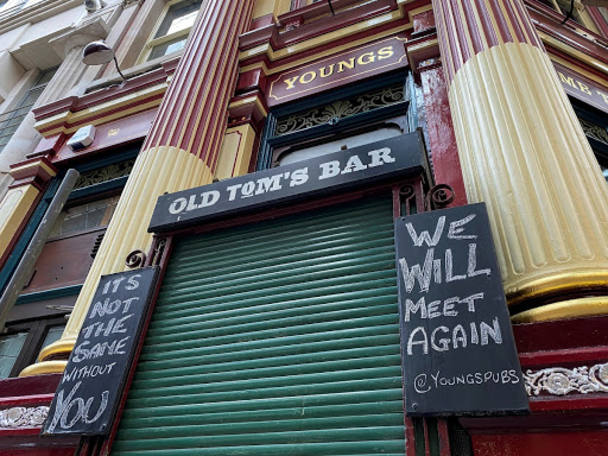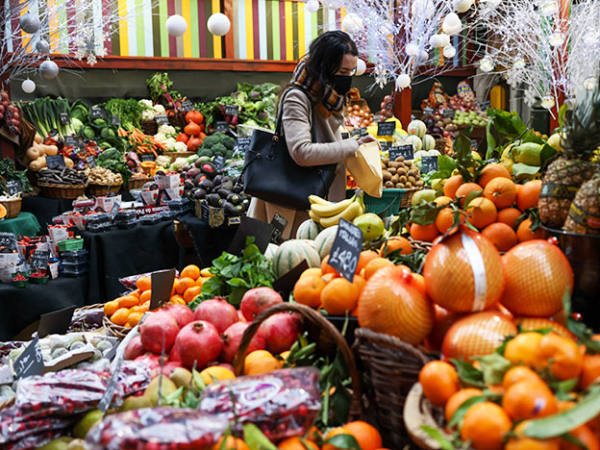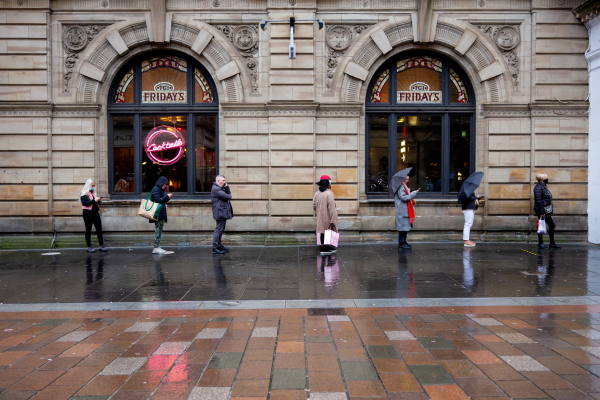- Young’s and Wetherspoon pub revenues at roughly three-quarters of last year’s sales before national lockdown
- Full lockdown with government support is less damaging than a move to Tier 3, Young’s says
The hospitality sector has come under sustained onslaught from the government this year. Young & Co’s (YNGA) managed house division of pubs and restaurants had been trading at 73 per cent of last year’s levels, according to its latest half-year results, until a national lockdown on 5 November shuttered all of the group’s pubs. While restrictions have undoubtedly harmed the sector, government support, such as the August Eat Out to Help Out initiative, has also been critical in sustaining pubs.
Pubs in England and Wales are benefiting from a one-year business rates holiday worth £768m, while they have also been entitled to £558m in grants worth up to £25,000 per pub. This support has proven vital in limiting the number of pub closures this year. The number of pubs in England and Wales fell by just 228 to 40,835 at the end of the first half of 2020, according to Altus Group, which is lower than the 235 establishments lost over the same period last year. Young’s saved £7.7m via the business rates holiday over its first half.
This relief wasn’t enough to prevent Young’s from entering into a loss-making position. Despite almost halving its operating costs over the period, the group tumbled into a pre-tax loss of £21.8m, as revenues fell by two-thirds compared with last year’s half-year period. Young’s recorded a monthly cash burn during its 16 weeks of closure ranging from £4m to £5m. Net debt fell by £76.6m since its year-end to £203.8m owing to the proceeds from an £84.8m equity issue in June. “It was the closure period that solely contributed” to its losses over the period, the company said.
Pubs in England were allowed to reopen on 4 July, but Young’s adopted a more cautious approach and waited until 20 July before it threw its doors open again. Its revenue for the 10 weeks since reopening sat at 84 per cent of last year’s levels. Thanks to Eat Out to Help Out, food sales were only down by 4.7 per cent compared with a drinks decline of almost a quarter, although cocktail sales were up by a fifth, a trend the company attributed to customers ordering from smartphones.
The geographical spread of Young’s estate also had a notable bearing on its first-half performance. The roll-out of Tier 2 restrictions in London impacted four-fifths of Young’s managed estate. More than half of its hotel rooms are in London boroughs, where declining footfall dragged its occupancy rate down to just 27 per cent. Pubs in London suburbs and commuter towns have experienced a 15 per cent sales drop compared with last year.
Young’s anticipates a cash burn once more of £4m to £5m for the current four-week closure, which will be helped by the reintroduction of the furlough scheme. “While we were hoping that a further lockdown could have been avoided, the second lockdown with the financial support available from the government will be considerably less damaging to our business than the potential move to Tier 3,” the company said.
JD Wetherspoon (JDW) struck a less optimistic tone yesterday. While a 27.6 per cent sales fall in the 15 weeks to 8 November represents a similar decline to that of Young’s, Wetherspoon expects a monthly cash burn of around £14m during the second lockdown. The company blamed restrictions including the 10pm curfew for a much weaker performance in October. Marston’s (MARS), meanwhile, has asked noteholders for a number of technical waivers during the first half of 2021 in response to the new lockdown.
Wetherspoon chairman Tim Martin also cast doubt over the timing of the ending of the current restrictions. “Veterans of the industry will recall that the afternoon closing of pubs between about 3pm and 6pm was imposed in the First World War,” he said, “but the requirement for afternoon closing was only abolished in 1986."
Stifel analysts forecast full-year 2021 adjusted pre-tax losses of £21.3m for Young’s, before pre-tax profits and earnings per share of £34.8m and 57.5p in 2022.
With 80 per cent of its estate in London, a sustained trend in home-working and reduced city footfall is likely to continue to hamper Young’s recovery in the short run. Cost cuts have, however, enabled an operating margin of 12.1 per cent, compared with a five-year average of over 16 per cent, per FactSet data. This bodes well for future profits, given Young’s demonstrated ability in recovering custom after this year’s first lockdown. Hold.
Last IC View: Hold, 1,095p, 4 Jun 2020
| YOUNG & CO (YNGA) | ||||
| ORD PRICE: | 1,031p | MARKET VALUE: | £603m | |
| TOUCH: | 1,031-1,050p | 12-MONTH HIGH: | 1,690p | LOW: 770p |
| DIVIDEND YIELD: | nil | PE RATIO: | na | |
| NET ASSET VALUE: | 1,110p | NET DEBT: | 31% | |
| Half-year to 28 Sep | Turnover (£m) | Pre-tax profit (£m) | Earnings per share (p) | Dividend per share (p) |
| 2019 | 168 | 24.3 | 38.2 | 10.57 |
| 2020 | 55.1 | -21.8 | -32.8 | nil |
| % change | -67 | - | - | - |
| Ex-div: | na | |||
| Payment: | na |








